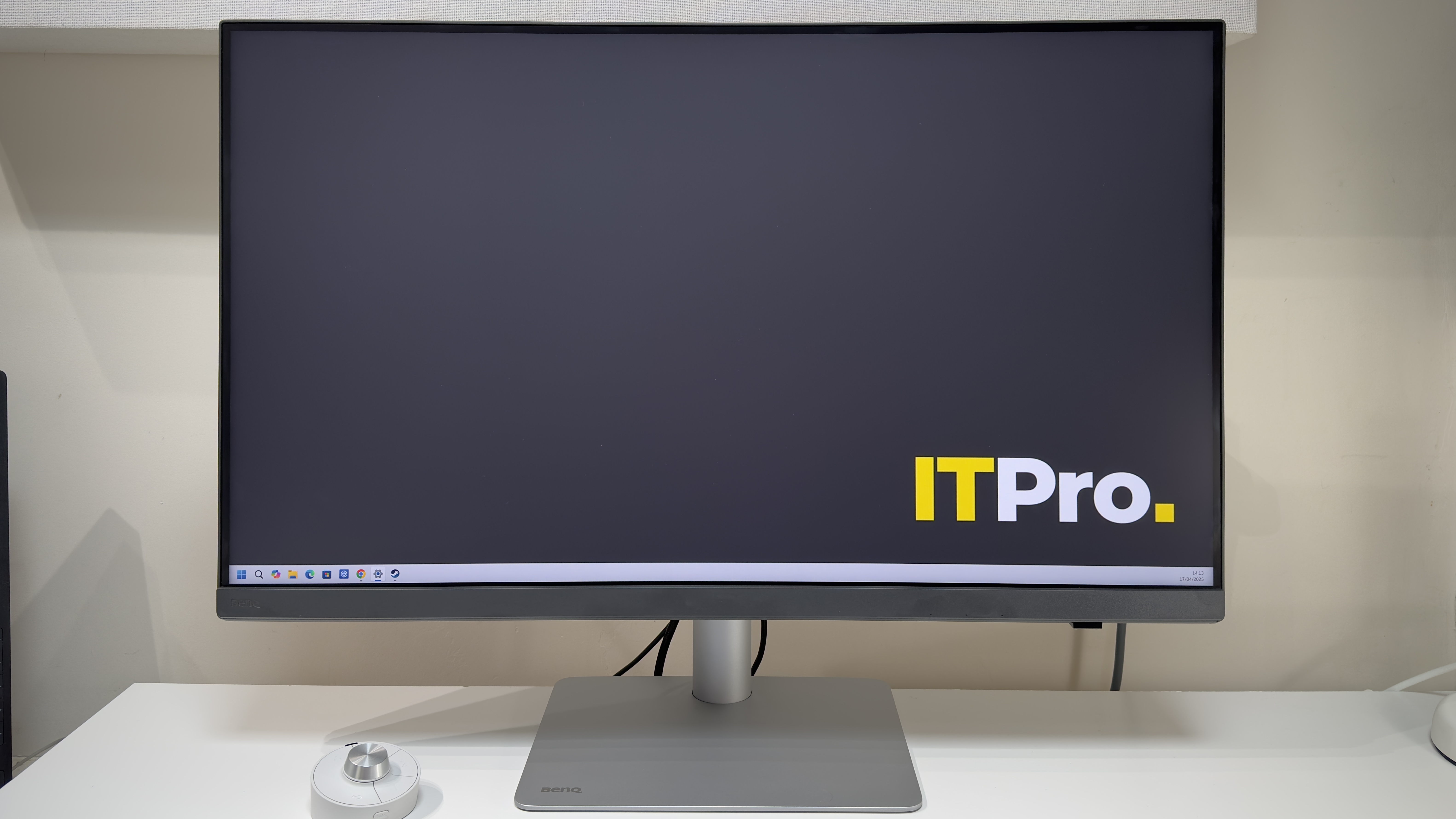What is rust-out and can AI help reduce it?
Workplace rust-out can be tackled, but success hinges on thoughtful leadership, cultural trust, and a commitment to meaningful work.


In the evolving workplace landscape, a silent issue is emerging that threatens productivity and morale: rust-out. Unlike burnout, a well-documented consequence of excessive stress and overwork, rust-out stems from the opposite problem—under-stimulation.
Employees trapped in roles that lack challenge or meaning can find themselves disengaged, lethargic, and unmotivated. As organizations strive to maintain a vibrant and productive workforce, many turn to AI to counteract this creeping malaise.
The challenge of rust-out
Rust-out often takes root in workplaces where employees feel their skills are underutilized or their roles lack meaningful challenges. Lucy Spencer, people and culture director at PageGroup, underscores the risks of ignoring this phenomenon. “Rust-out, often described as burnout’s boredom-fuelled cousin, arises when employees feel stuck in repetitive tasks, or their skills are overlooked. This often results in disengagement, stagnation, and a widening skills gap,” she explains.
Experts argue that rapid technological change and shifting workplace dynamics amplify the issue. David Torgerson, VP of technology and security at Lucid Software, notes that organizational skills gaps exacerbate the problem, leaving employees stagnant or overwhelmed. "When highly skilled workers are stuck doing tasks that don't challenge or inspire them, their motivation plummets," Torgerson explains. To counteract this, he emphasizes prioritizing ongoing training and development.
But wider adoption of AI also offers a compelling solution to rust-out, in reshaping how tasks are completed, learning programs are designed, and employee engagement is measured. AI tools promise to reinvigorate workplaces suffering from the effects of rust-out, by reducing the amount of tedious tasks employees have to do. However, the integration of AI also has its challenges, and organizations must carefully navigate this shift to ensure it fosters growth rather than exacerbating disengagement.
Torgerson points to Lucid Software’s recent survey Maximizing AI’s potential in the workplace, in which 62% of respondents said AI would improve workplace satisfaction, in reducing the need for mundane tasks. “However for this to be successful it is crucial management teams equip their workers with the skills needed to make the use of these AI tools,” he adds.
It’s clear there’s a challenge ahead for leaders looking to skill workers and get them onboard for AI adoption. This can be seen in the unpacked version of that 62% figure: while 68% of executive-level respondents said AI would improve their job satisfaction, just 37% of entry-level employees felt the same way.
Get the ITPro daily newsletter
Sign up today and you will receive a free copy of our Future Focus 2025 report - the leading guidance on AI, cybersecurity and other IT challenges as per 700+ senior executives
How AI can reinvigorate workplaces
AI has begun transforming workplaces by addressing some key factors contributing to rust-out. For instance, personalized learning and development programs use AI algorithms to analyze employee skills and aspirations, recommending training tailored to individual needs. This creates growth opportunities and rekindles a sense of purpose. According to Niki Bansal, CEO of TeqBlaze, such programs help employees feel valued and challenged. “AI-driven learning identifies skill gaps and creates tailored development opportunities,” Bansal says. “This reignites employees’ sense of purpose while fostering a culture of growth.”
Repetitive, mundane tasks are a primary cause of rust-out, leaving employees disengaged and uninspired. Automating these tasks with AI offers a powerful way to combat this issue by freeing workers to focus on more meaningful and fulfilling aspects of their roles.
However, this must be approached carefully to ensure automation enhances rather than fragments jobs. Bansal emphasizes that while automation can relieve employees of monotonous work, providing opportunities for growth and creativity is essential. "Organizations need to ensure that automating routine tasks opens space for employees to take on projects that truly use their skills and passions," Bansal tells ITPro. This thoughtful integration of automation can reignite motivation and engagement, making work more dynamic and rewarding.
Predictive analytics is another area where AI is making an impact. AI tools can identify early signs of disengagement by monitoring engagement metrics such as employee sentiment and productivity trends. This proactive approach enables managers to intervene before rust-out entirely takes hold, offering tailored solutions to re-engage employees. For instance, AI systems can flag workloads contributing to stagnation and recommend adjustments to keep employees challenged and engaged.
Managing location rust-out
The rise of return to office (RTO) mandates adds another layer of complexity to addressing rust-out. While some organizations see the move back to physical offices as an opportunity to rebuild culture and collaboration, the impact on employee engagement varies widely. Sean D'Arcy, workplace engagement expert at Kahoot! At work, it notes that RTO policies can have both positive and negative consequences.
“RTO policies can also have a positive effect on engagement, by uniting widely dispersed workforces and creating a sense of camaraderie within the workplace - this is something that is hard to achieve when purely working remotely,” D’Arcy comments. “By increasing physical presence in the workplace, employers can establish a greater connection between employees and their managers, stimulating increased engagement and reducing rust-out.” on engagement, by uniting widely dispersed workforces and creating a sense of camaraderie within the workplace – this is something that is hard to achieve when purely working remotely,” D’Arcy comments. “By increasing physical presence in the workplace, employers can establish a greater connection between employees and their managers, stimulating increased engagement and reducing rust-out.”
“However, despite employers still struggling to optimise their hybrid work strategies, since the pandemic hybrid work has become the norm for many workforces across the globe,” D’Arcy continued. “Employers and employees realized that many tasks could be done remotely, minimizing the need for physical attendance in-office. This is particularly prevalent for tech industries, where there is less of a necessity for physical interaction and communication when completing tasks.
Hybrid work models offer a middle ground, allowing employees to toggle between home and office environments. Gihan Munasinghe, SVP of engineering at Smartsheet, believes flexibility is key to maintaining engagement. “Flexible work is our best defense against professional rust-out,” Munasinghe explains. He highlights the role of AI in optimizing hybrid models by analyzing workflows, balancing workloads, and tailoring schedules to individual needs. By leveraging these tools, organizations can create adaptive work environments that align with employee preferences while maintaining productivity.
Combat rust-out with enhanced workforce culture
AI's success in combating rust-out depends heavily on organizational culture. A culture of trust, adaptability, and continuous learning ensures that employees view AI as a tool for growth rather than a threat to their roles.
Transparent communication and hands-on training can demystify AI, fostering employee confidence and engagement. Dominic Holmes, principal consultant at Cornerstone, emphasizes building a culture that integrates technology seamlessly. "Leadership must shape roles thoughtfully, ensuring AI doesn't just displace tasks but enhances the employee experience," Holmes says.
Leaders also play a critical role in addressing resistance to AI. Many employees harbor anxieties about how AI will affect their jobs, fearing it may diminish opportunities for meaningful work. Addressing these concerns requires clear communication about the benefits of AI and its role in supporting rather than replacing human contributions. Organizations that fail to build this trust risk alienating employees and reinforcing the disengagement they aim to combat.
Measuring the effectiveness of AI-driven interventions is essential for long-term success. Organizations can track employee engagement, retention rates, and productivity to gauge the impact of AI tools. Qualitative feedback, such as employee sentiment surveys, offers valuable insights into how workers perceive these changes. Jeff Watkins, CTO at CreateFuture, suggests that metrics like workforce net promoter scores and skill development benchmarks can provide a clear picture of progress. “When you get this balance right – autonomy, mastery, and purpose augmented with AI – you should see both productivity and quality rise,” Watkins notes.
Banishing rust-out from your organization
As AI continues to evolve, its potential to combat rust-out will only grow. The next generation of agentic AI tools promises even greater personalization and adaptability, creating dynamic workplaces that inspire and engage employees. However, this potential can only be realized through thoughtful AI implementation. Organizations must pair technological innovation with a people-first mindset, ensuring AI enriches roles, fosters growth, and aligns with employee aspirations.
RELATED WHITEPAPER

The fight against rust-out is more than a quest for productivity – it’s a commitment to the well-being and potential of every employee. Business leaders must embrace AI not as a replacement for human ingenuity but as a catalyst for engagement, growth, and purpose. This requires more than investment in technology; it demands cultivating a workplace culture rooted in trust, adaptability, and continuous learning. Employees must feel that AI supports their aspirations, enabling them to rise to challenges and rediscover fulfillment in their roles.
As CreateFuture’s Jeff Watkins, observes, organizations that strike the right balance will see their people and productivity thrive. "Autonomy, mastery, and purpose are essential for engagement, and AI can help organizations bring these elements back into focus," Watkins says.
The time to act is now. By committing to thoughtful leadership and innovative solutions, organizations can combat rust-out and reimagine what work can be.
David Howell is a freelance writer, journalist, broadcaster and content creator helping enterprises communicate.
Focussing on business and technology, he has a particular interest in how enterprises are using technology to connect with their customers using AI, VR and mobile innovation.
His work over the past 30 years has appeared in the national press and a diverse range of business and technology publications. You can follow David on LinkedIn.
-
 Why are many men in tech blind to the gender divide?
Why are many men in tech blind to the gender divide?In-depth From bias to better recognition, male allies in tech must challenge the status quo to advance gender equality
By Keri Allan
-
 BenQ PD3226G monitor review
BenQ PD3226G monitor reviewReviews This 32-inch monitor aims to provide the best of all possible worlds – 4K resolution, 144Hz refresh rate and pro-class color accuracy – and it mostly succeeds
By Sasha Muller